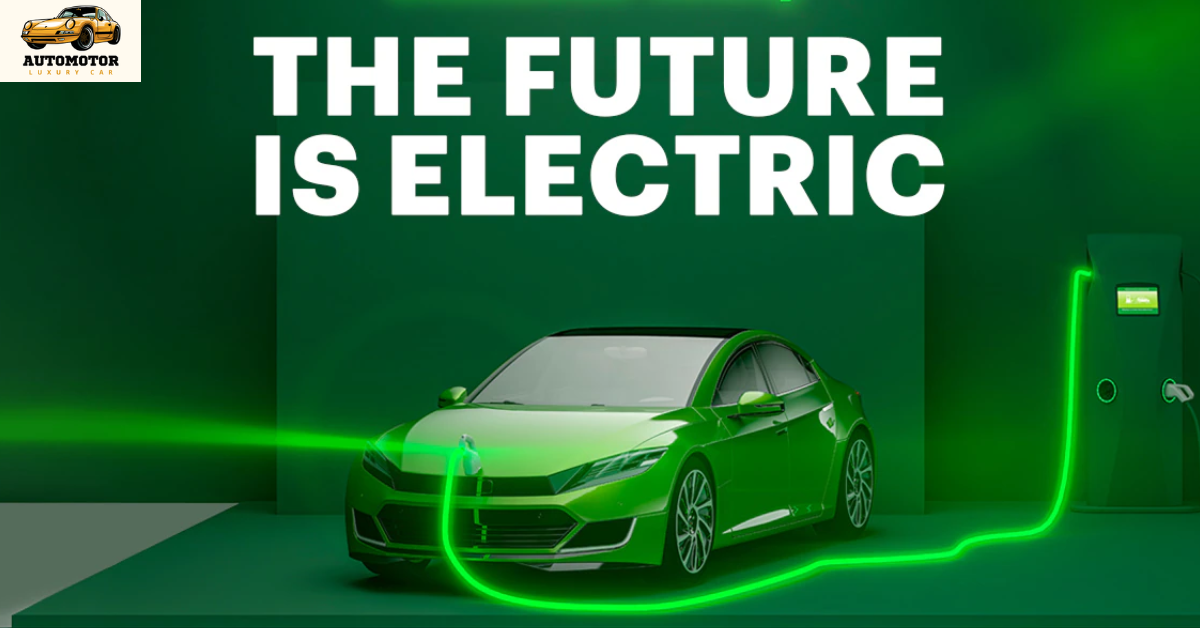The Automobile has undergone a radical transformation since the early 20th century, shaping economies, urban planning, and even culture. From the rudimentary and revolutionary Ford Model T to today’s cutting-edge electric vehicles (EVs), the car is more than a mode of transport—it’s a symbol of human innovation and adaptability.
The Ford Model T: Birth of Mass Mobility
The story begins with Henry Ford and the Model T, introduced in 1908. Though not the first automobile ever made, the Model T was the first to be mass-produced on an assembly line, making cars affordable and accessible to the general public. Before this innovation, cars were luxury items, hand-built and costly. With the Model T’s standardized parts and streamlined production, Ford brought down the cost drastically, eventually selling over 15 million units.
The Model T changed society. Roads were paved, suburbs expanded, and the idea of personal freedom through mobility took root. By making car ownership possible for middle-class families, Ford didn’t just build a car—he helped define modern America.
The Interwar and Post-War Boom: Design and Power
As automobile manufacturing matured, the industry saw diversification in models, styles, and performance. The 1930s and 1940s emphasized sleeker designs and improved engines. During World War II, many automakers shifted to military production, pausing innovation for civilian vehicles.
After the war, the 1950s and 60s ushered in a golden era of car culture. Cars became symbols of status and personality. Chrome detailing, tailfins, and bold colors dominated the aesthetic, while muscle cars like the Ford Mustang and Chevrolet Camaro introduced the thrill of speed to the everyday driver.
This period also saw the rise of Japan’s automotive industry, with brands like Toyota, Honda, and Nissan offering compact, fuel-efficient alternatives to American gas-guzzlers. This global competition spurred innovation and quality improvements across the board.
The 1970s and 80s: Crisis and Regulation
The 1973 oil crisis marked a pivotal shift in automotive development. With gasoline prices soaring and environmental concerns growing, manufacturers were forced to rethink vehicle design. Fuel efficiency became a priority, leading to smaller engines and lighter materials.
Regulations followed. The U.S. introduced the Clean Air Act, mandating lower emissions. Safety features such as seatbelts, airbags, and crash-testing became standard. These changes prioritized responsible engineering over sheer performance and flash.
During this time, technological improvements like fuel injection systems and front-wheel drive became mainstream, enhancing reliability and efficiency.
The Digital Age: Smart Cars and Hybrids
The 1990s and early 2000s witnessed the digital revolution extending into the automotive world. Electronic control units (ECUs), anti-lock braking systems (ABS), and infotainment systems transformed cars from mechanical beasts into digital companions.
A major milestone came with the release of the Toyota Prius in 1997, the first mass-produced hybrid car. Combining a gasoline engine with an electric motor, the Prius marked the beginning of mainstream eco-conscious transportation. Though initially met with skepticism, hybrids became popular among commuters and environmentally-minded drivers.
GPS navigation, Bluetooth connectivity, and advanced diagnostics soon followed, making vehicles safer and more convenient.
The Rise of Electric Vehicles
The last decade has seen perhaps the most dramatic change since the Model T: the rise of electric vehicles. While early EVs date back to the 19th century, they were quickly eclipsed by gasoline-powered cars. Today, with climate change concerns and advances in battery technology, electric cars have made a triumphant return.
Tesla, founded in 2003, was a game-changer. Its sleek, high-performance electric vehicles rebranded EVs as desirable and cutting-edge. Legacy automakers soon followed, launching their own electric models. Today, nearly every major manufacturer—from Ford and GM to Volkswagen and Hyundai—has a growing EV lineup.
Governments worldwide are supporting this shift, offering incentives and setting targets to phase out internal combustion engines. Charging infrastructure is expanding rapidly, and EV range anxiety is decreasing with each battery innovation.
The Road Ahead
As we look to the future, the automobile is poised to undergo even more radical change. Autonomous driving technology, currently in testing phases, promises to redefine commuting, logistics, and even car ownership. Ride-sharing services and subscription models hint at a world where owning a car may no longer be necessary.
Sustainability will remain central. Beyond electrification, carmakers are exploring hydrogen fuel cells, recyclable materials, and carbon-neutral manufacturing processes.
Conclusion
From the humble, utilitarian Ford Model T to the high-tech electric marvels of today, the automobile’s journey is a testament to human ingenuity. Each era reflects the priorities and challenges of its time—whether it was affordability, performance, safety, or sustainability. As the world accelerates toward an electric and autonomous future, one thing is certain: the evolution of the automobile is far from over.
